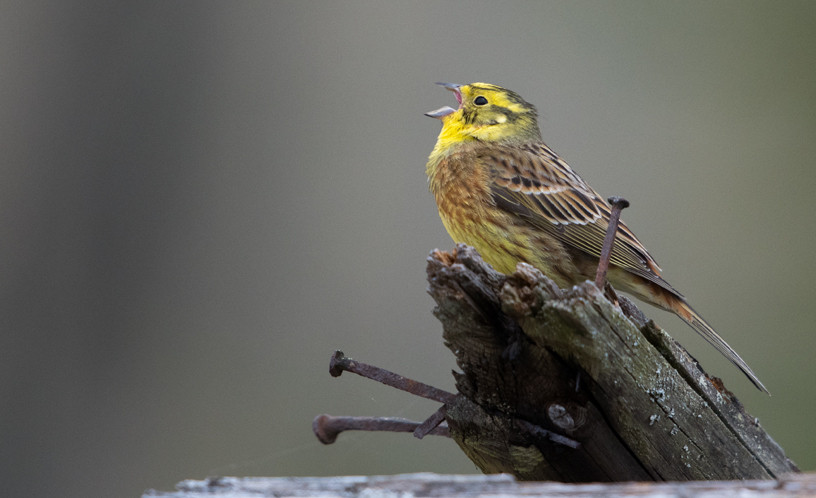Charger images
Les formats d'image autorisés sont de type jpeg, png ou gif
La taille maximale du fichier doit être de 20MB


Open area with arable land, islands and marshes with juniper bushes and some deciduous trees nearby. From a bird observation tower you can oversee the area.
Backgården is an area of open fields fields that border the lake of Stora Aspen. In the spring, not only many migrating birds fly over but there is a chance to see many kinds of geese, as well as Busard Saint-Martin, Bruant des neiges, Bruant lapon, Faucon émerillon, Linotte à bec jaune, Merle à plastron, Courlis corlieu and also different kinds of ducks can be seen with a little luck (Harle piette, Canard souchet, Canard chipeau and Canard siffleur). Common species during the summer are Garrot à oeil d'or, Plongeon arctique, Plongeon catmarin, Sterne pierregarin, Goéland cendré, Goéland argenté, Tarier des prés, Vanneau huppé, Grand Cormoran, Pygargue à queue blanche, Balbuzard pêcheur, Faucon crécerelle and Courlis cendré.
Waders like Bécassine des marais, Chevalier sylvain and Chevalier culblanc are usually seen in the marsh. In winter, there is a bird feed that often has a lot of Bruant jaune (which are also stationary in summer). Also Bouvreuil pivoine, Verdier d'Europe, Chardonneret élégant, Mésange nonnette, Geai des chênes, Mésange bleue, Mésange charbonnière, Pinson du Nord and Sittelle torchepot to name a few have been seen at the feeding place in winter. If you are lucky, there is a chance of several kinds of woodpeckers. At the feeding site Pic épeiche is a frequent visitor in winter (it is common there all year round). Pic vert and Pic noir are on site all year round (but mainly spring, summer and autumn) and are discovered mainly through their sounds.
Pic épeichette, Torcol fourmilier and Pic cendré have also been observed at the site. During summer nights, you may be lucky enough to hear some species. Chouette hulotte sometimes calls, in some years Râle des genêts is on the arable land and in the wetland there is a chance for various night songbirds, such as Locustelle tachetée, Phragmite des joncs and Rossignol progné. Bécassine des marais is a common species here that is usually noisy after sunset. As it is a bit down to the water, you may need to walk over the grass to be able to listen for night owls properly. The grass is quite tall and usually damp at night, so waterproof shoes are good to have. Please avoid walking on cultivated land.
The easiest way to get here is by car. Parking is on the left side of the road near the bird tower. (GPS for parking: (lat, lon): 59.959438, 15.859923 or click on the P in the map to get directions to the parking.) The bird tower is clearly visible from the parking lot. The area is best experienced by exploring the area on foot and going out to the bird tower.
In the tower there is a notebook in a mailbox upstairs. There you can read previous observations and report your own. The bird feeding is best viewed from the tower, then no binoculars are needed.
Votre feedback sera transmis à l’auteur.rice de cette zone et à l’équipe éditoriale de Birdingplaces, qui l’utiliseront pour améliorer la qualité des informations. (Vous souhaitez publier un commentaire visible en bas de page ? Fermez cette fenêtre et choisissez l’Option 1 : « Publier un commentaire, un conseil ou une observation ».)
Veuillez fournir des suggestions d'améliorations ou d'ajouts au texte de ce site ornithologique.
Veuillez fournir vos suggestions d'améliorations ou d'ajouts à la carte.
Veuillez fournir des suggestions d'améliorations ou d'ajouts à la liste des oiseaux.
Cliquez sur l'icône de l'oiseau () Insérez les noms d'oiseau dans votre langue. Ils seront automatiquement traduits pour les autres usagers !